崇明岛电动汽车充电站发展战略研究
摘要迈入21世纪之后,人类发展面临着环境污染和资源匮乏的双重压力,各国对于新能源、新技术、绿色产业等都具有迫切的渴求,且对以节能减排为主的环境保护取得了共识。我国是一个人口大国,人均资源占有量非常有限,预计2020年中国汽车保有量将突破两亿辆,若不及时探究新能源和拓展其应用领域,届时国家在发展进程中将面临更为严峻的环境污染和资源匮乏问题。电动汽车作为节能环保的典型技术应用受到各国的追捧,中国也颁布了《新能源汽车产业发展规划》,从产业发展的战略角度鼓励和扶持电动汽车的发展。充电站作为电动汽车产业发展必不可少的基础配套设施,其发展战略的制定、落实和改进将是影响电动汽车未来发展进程中的一个决定性因素...
相关推荐
-
我国基层财政困难的制度成因分析与对策研究VIP免费
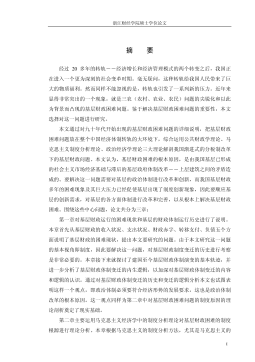
 2024-09-20 25
2024-09-20 25 -
我国煤电产业链纵向交易合约机制研究VIP免费
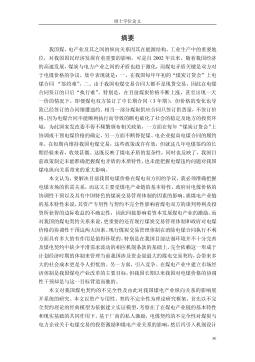
 2024-09-20 23
2024-09-20 23 -
生产要素视角下的上海市产业结构优化研究VIP免费
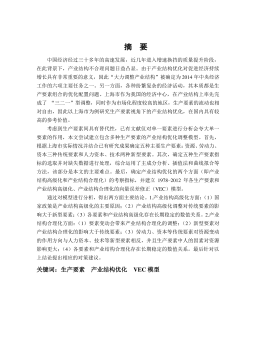
 2025-01-09 6
2025-01-09 6 -
我国银行业结构与经济结构关系研究VIP免费
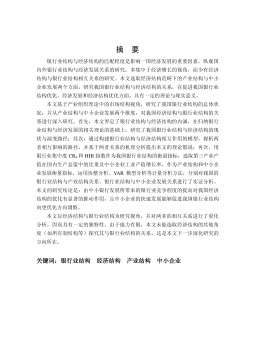
 2025-01-09 7
2025-01-09 7 -
大数据视角下农业供应链金融研究VIP免费
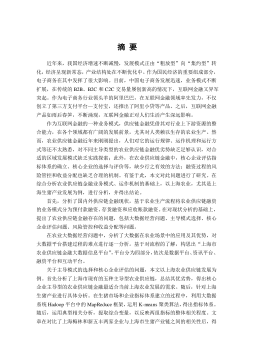
 2025-01-09 6
2025-01-09 6 -
跨国大型综合超市的规划研究VIP免费
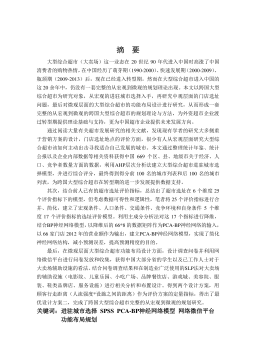
 2025-01-09 6
2025-01-09 6 -
跨境电商农产品质量安全问题研究VIP免费
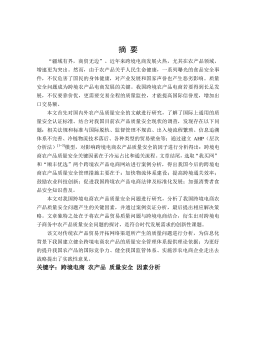
 2025-01-09 6
2025-01-09 6 -
世界市场的虚拟化与我国国际电子商务发展方向研究VIP免费
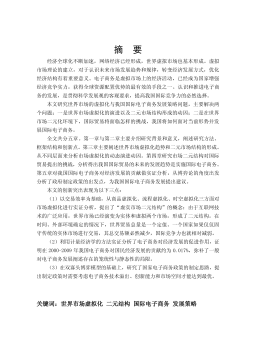
 2025-01-09 6
2025-01-09 6 -
中国政府对电力行业的价格规制问题研究VIP免费
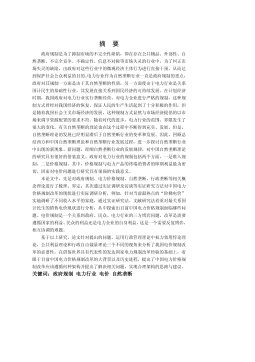
 2025-01-09 6
2025-01-09 6 -
中小企业信息化系统集成技术研究VIP免费

 2025-01-09 11
2025-01-09 11
相关内容
-

跨国大型综合超市的规划研究
分类:高等教育资料
时间:2025-01-09
标签:无
格式:PDF
价格:15 积分
-

跨境电商农产品质量安全问题研究
分类:高等教育资料
时间:2025-01-09
标签:无
格式:PDF
价格:15 积分
-

世界市场的虚拟化与我国国际电子商务发展方向研究
分类:高等教育资料
时间:2025-01-09
标签:无
格式:PDF
价格:15 积分
-

中国政府对电力行业的价格规制问题研究
分类:高等教育资料
时间:2025-01-09
标签:无
格式:PDF
价格:15 积分
-

中小企业信息化系统集成技术研究
分类:高等教育资料
时间:2025-01-09
标签:无
格式:PDF
价格:15 积分






